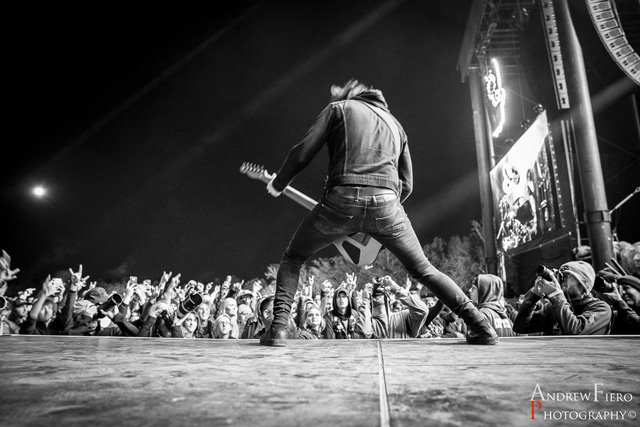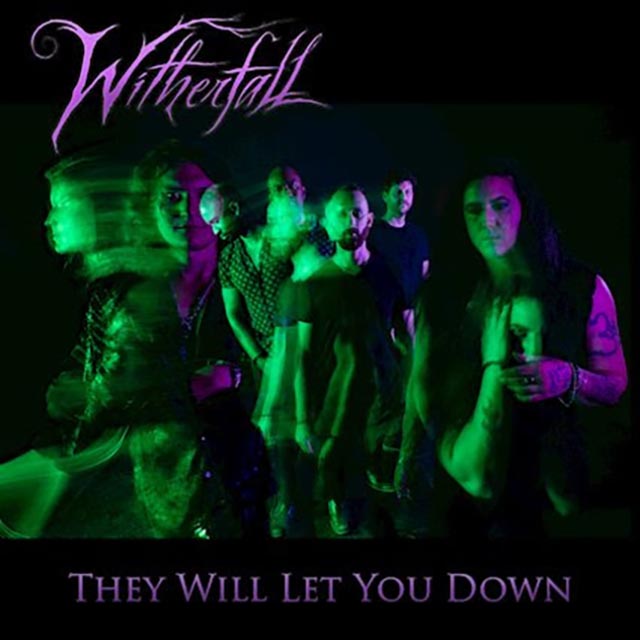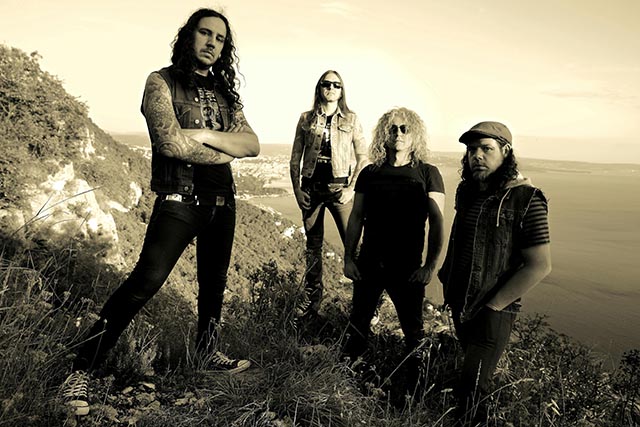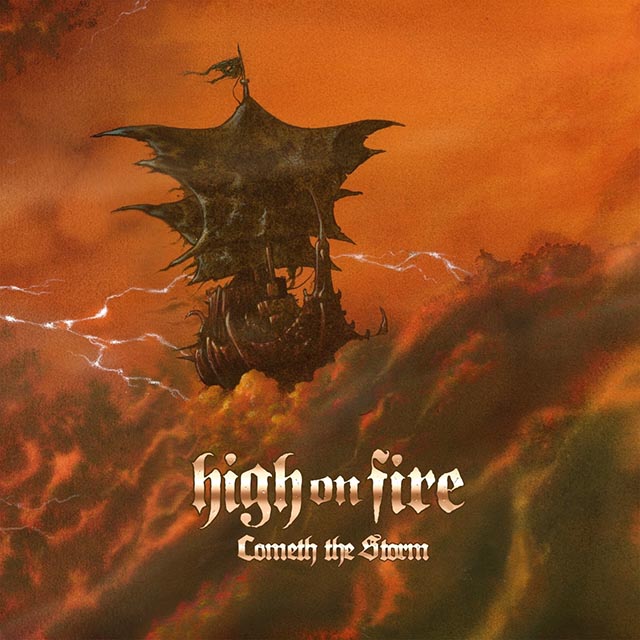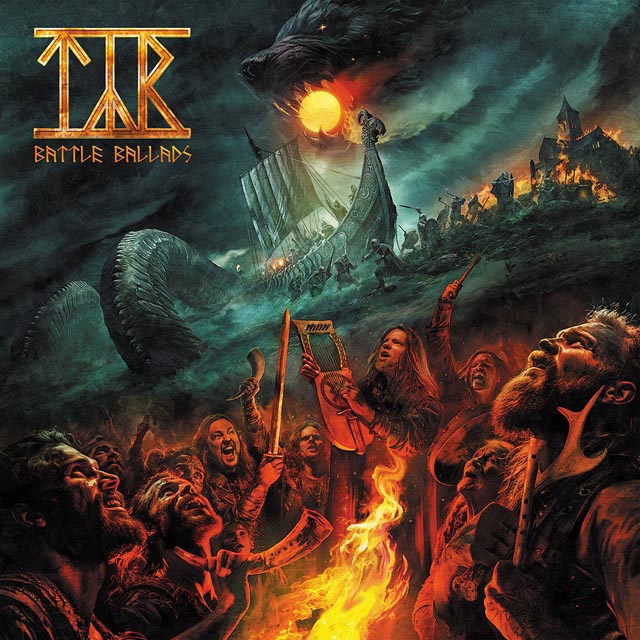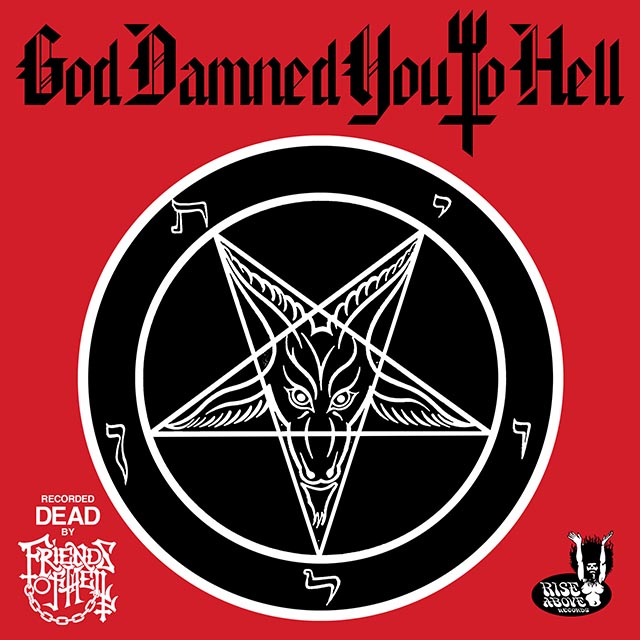
Live music is going to look a whole lot different in the aftermath of the pandemic.
While a full-scale live music resurgence might not be in the cards for at least a year, there continues to be speculation as to what concerts might look like once venues start to open up again. A new article in the Wall Street Journal (which is behind a paywall) finds promoters hypothesizing about that very idea, including capacity, tickets and sanitation, as well as practices you might not see anymore.
A majority of the article focuses on what we might see going forward. One big possibility is that more socially-distanced concerts, like the recent one in Arkansas, would be in the cards. There, the venue sold approximately 20% of their usual capacity, spacing out clusters of fans and roping off non-sold areas to maintain a safe distance between groups. The promoters interviewed said that large, outdoor venues would be the first to open, underselling their capacity in order to allow for enough space between patrons. Live Nation is already starting to test out some of those scenarios, including the “Together Again” series in New Zealand, as well as drive-in concerts and fan-less broadcasts.
Because less fans will be able to see a band at a given time, an agent at CAA mentioned the idea of artists playing multiple sets a day. Artist residencies are also a possibility, as artists who decide to tour early might need to get around the loss of income left by states still under shelter-in-place.
Ticket prices might also be affected. With the recession and major job loss that resulted from the near shutdown of the economy, people might be hesitant to spend exorbitant amounts of money on tickets, if they’re willing to head out to shows at all. As with the 2008 recession, which brought about a 5% – 8% decrease in prices, we could possibly see cheaper tickets when shows reopen.
One scenario mentioned some larger artists booking more intimate venues might charge more for the experience, though it’s hard to anticipate whether something like that will get people to spend their money when they’re hesitant to go out at all.
With fears of contracting COVID-19 still high, sanitation will be a key factor in opening venues up as well. Face masks have become a requirement in most establishments and live shows will likely be no different. Hand sanitizer stations will also become even more prevalent than they already were before the pandemic. Said Dave Brown, COO of Dallas, TX’s American Airlines Center, “You’ll be tripping over them.” There will also likely be temperature checks before a person will be let into an event.
According to the article, the one thing that won’t return for a while are actions with a high amount of interaction between people, such as meet-and-greets and moshing. Despite the trend of artists creating VIP experiences that include meeting their fans, such an action no longer seems tangible when no one wants to get closer than six feet. “I don’t think you’re going to see meet-and-greets for a long time,” says AEG President Rick Mueller. The same thing goes for moshing, crowdsurfing and other types of dancing where people engage in person-to-person contact.
These predictions overlap with the set of guidelines the Event Safety Alliance put out earlier this month.
Of course, this is all speculation and educated guesses. The concert industry isn’t likely to open in full that soon. One promoter in the article mentioned that it is highly unlikely that shows will come back in full force until at least mid-late 2021. Live Nation CEO Michael Rapino gave a similar time frame earlier this month during the company’s first quarter earnings call.
The one thing that is clear, however, is that things will be different at shows going forward. As Brown told the Wall Street Journal:
“The way 9/11 changed our industry in terms of security… this will [lead to] best practices that our touring industry is compelled to employ forever.”

